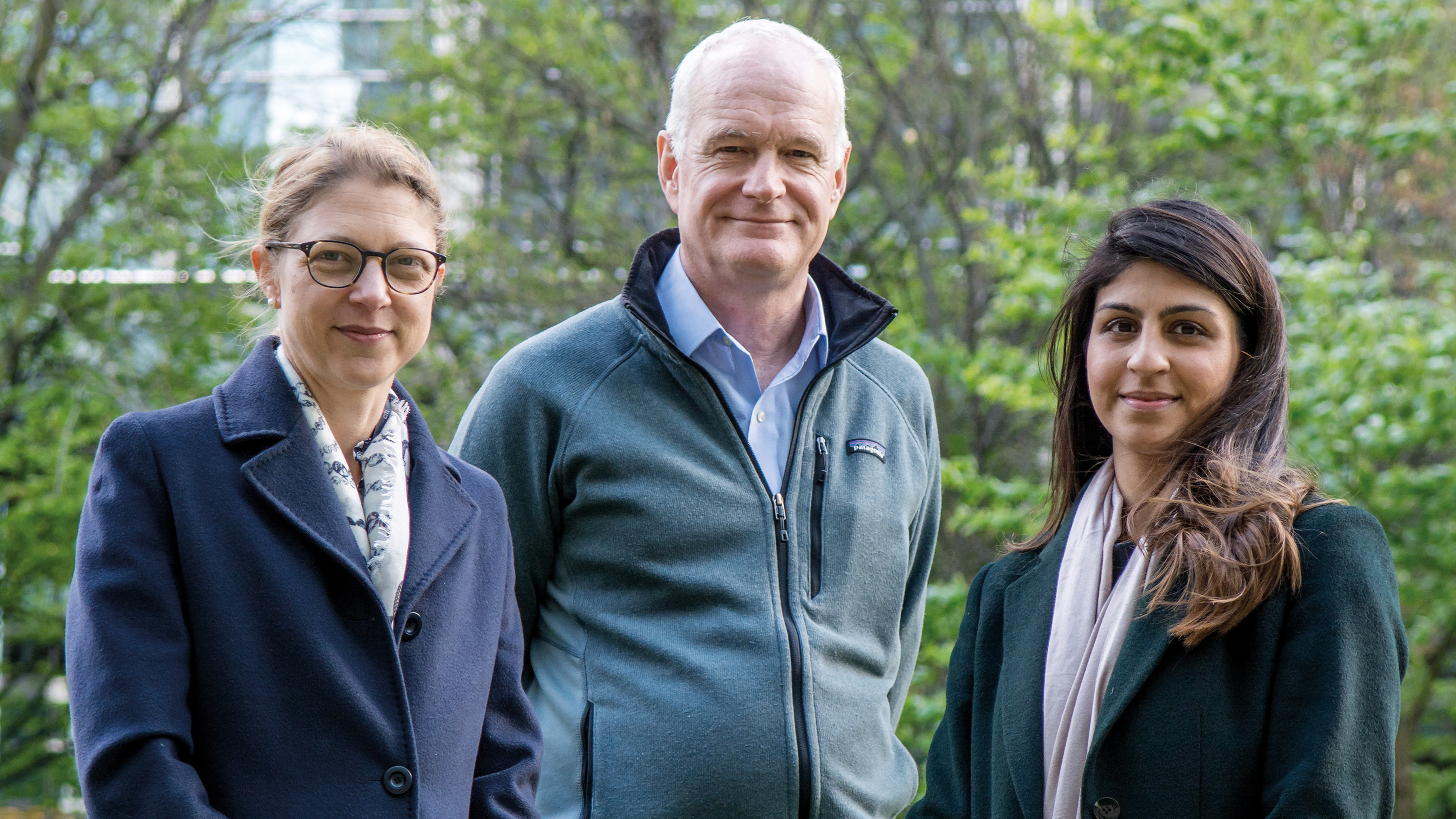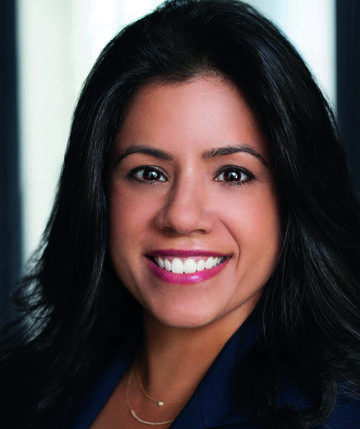Citi’s small, but perfectly formed, $100m bond raise for Unicef has a big impact

The unusual deal involved Citi’s private bank and enabled the UN agency, which can’t directly raise debt, to finance marketing activity promoting its vital work, including on vaccine rollout.
A co-author of the 2014 Green Bond Principles, Citi has solid sustainable debt credentials, borne out by its transactional track record. It continues to notch up milestone sustainable deals across different industries, including an innovative bond benefitting the UN Children’s Fund (Unicef), which cannot carry debt on its balance sheet. Unusually, Citi’s private bank played a meaningful role.
The bank had a good start to 2021 in sustainable debt capital markets (DCM), with the largest share by value of Europe, the Middle East and Africa corporate deals in the first quarter. At the end of the quarter, it ranked third in all global and emerging market sustainable bond transactions.
“We have a big presence in sustainable finance,” says Philip Brown, Citi’s London-based global head of sustainable capital markets. “It is increasingly a part of every strategic conversation with clients in all sectors.”
Mr Brown believes that progress in the sustainable capital markets market will be defined by transactions, rather than by committees. “So work on interesting transactions is stimulating for all of us,” he says.
Funding Unicef
Citi has long-standing relationships with various UN entities, providing them with banking services through its worldwide network. One such entity is Unicef, which provides humanitarian and developmental aid to children around the world.
Unicef has a presence in more than 190 countries and territories where, in its own words, it works “to save children’s lives, to defend their rights and to help them fulfil their potential”, from early childhood to adolescence.
An important part of that work, now more than ever, is vaccination. With its partners, Unicef supplies vaccines for 45% of the world’s children under five. It aims to engage communities, while distributing safe and effective supplies, affordably, to families wherever they may be.
It was a coalition of the willing, and we had the World Bank’s experience to fall back on
Unicef leads the Covax vaccine rollout for 186 countries, and is the world’s biggest single buyer of vaccines. This year, it plans to deliver two billion vaccines and 500 million Covid-19 tests.
With these growing demands on its resources, the agency wanted to explore ways of using the capital markets to finance its marketing budget. “Unicef has no debt funding on its balance sheet — its statutes don’t allow it to raise debt directly,” Mr Brown notes. “Instead, it is funded entirely through donor contributions.”
Those donations add up to roughly $6bn per year, three-quarters of which comes from government grants that are now under some pressure. The balance — around $1.5bn — is from individuals who have signed standing orders. The list of human donors has an annual attrition rate of around 10%.
The agency needed to fund a campaign to attract new donations in 2021. “It has a long history of success in marketing, where every dollar in marketing spend typically raises three dollars in donations over the next three years,” Mr Brown says. “The question was: how could capital markets help it to fund its marketing budget?”
Capital markets
Unlike Unicef, the World Bank can and does make use of capital markets. It has championed the closer intertwining of finance with environmental, social and governance goals, and its sustainable development concerns include the impacts of Covid-19. It was, therefore, an obvious candidate to help Unicef address its funding issue. The two organisations began to discuss possibilities last year and in September asked Citi to help.
Citi is no stranger to World Bank business. The International Finance Corporation, part of the World Bank group, made history in 2013 by issuing the first billion-dollar green bond, followed by a second later that year. Citi was the only bank mandated on both deals.
One structure considered for Unicef was securitisation. Since the agency had many years of data showing the consistency of the three-times donation/marketing multiplier, it was thought that a bond might be secured against future donations.
“But securitisation proved unworkable,” Mr Brown reports, explaining that forecasts of donations from emerging markets are substantially discounted by the ratings agencies. That put even a shadow investment grade rating out of reach.
As it turned out, the bond that was eventually issued was unrated. It was decided to use the World Bank’s Capital at Risk Notes programme, which has previously provided a structure for catastrophe bonds and, as in the case of the 2014 Ebola crisis, pandemic bonds. Investors buy the bonds knowing that some or all of their capital may be at risk.
A five-year $100m bond was issued by the World Bank’s International Bank for Reconstruction and Development (IBRD), with Citi as sole structurer and arranger. The IBRD keeps $50m of the proceeds to help fund the World Bank’s sustainable development activities, including Covid-19 responses in developing countries. It will pay a semi-annual coupon on that portion.
The other $50m goes to Unicef, which has entered into a forward flow agreement with IBRD. The funds will be spent on attracting monthly donations from individuals in 18 target countries from Asia, Latin America and eastern Europe.
In return, Unicef will make semi-annual coupon payments to the World Bank. It will make a final repayment of $50m only if it has received at least that amount in donations from its target countries.
Fundraising success
Based on past flows, that’s not a high hurdle. In 2019 alone these monthly pledge donors gave $130m, and pledge income for the first two quarters of 2020 was $77.5m.
Investors will receive a blended coupon equivalent to an annual 1.291%. The pricing reflected the credit standing of Unicef and the World Bank, while acknowledging that this was an unrated, capital-at-risk note with limited secondary market liquidity.
“The pricing, at swaps plus 50 basis points, is significantly tighter than high-grade agency guaranteed paper, but wider than where a AAA stand-alone World Bank issue would price,” says Mr Brown.
This was a private placement, and the bond’s distribution has created a new template for development finance. While precise distribution figures are not available, the cornerstone institutional investor was a Japanese insurance company and the retail element was harvested exclusively from the clients of Citi Private Bank.
Among its private banking clients, Citi numbers 25% of the world’s billionaires and more than 1400 family offices in more than 100 countries. The focus is on those with an average net worth above $100m.
The Unicef opportunity proved popular with this clientele. “This was the first deal we worked on together with Citi’s DCM team,” says Harlin Singh, Citi Private Bank’s global head of sustainable investing. “We understand our clients’ interests, so we could target those most likely to respond.”
As ultra-high-net-worth individuals, these clients were already giving to their chosen causes. “But this was a nice way to complement their philanthropic work, putting their cash to work with additional impact,” Ms Singh says. “We had a lot of positive feedback.”
The bankers were pleasantly surprised by how quickly the deal was wrapped up — four months from start to finish. “Things came together very quickly,” says Ebba Wexler, a Citi managing director in sovereign, supranational and agency DCM. “It was a coalition of the willing, and we had the World Bank’s experience to fall back on.”
This was one of the easiest conversations we have had with any client. Every investor wanted to know more
A tight deadline meant that the marketing window for the deal was very brief, compounded by the occurrence in swift succession of Chinese New Year and, in the US, President’s Day and snowstorm Uri.
“With more time, we could have seen more distribution with the private bank, but even with these challenges the result was very positive,” Ms Wexler says. The World Bank is thought to be keen to expand its presence with private bank networks.
Perhaps surprisingly, this is the first time that a UN agency has worked with the World Bank in this way, and it may lead to similar collaborations within the UN system. For Unicef, it could become an annual programme with annual issuance.
Ms Singh certainly thinks the concept has a future with private banking clients. “The prospect of doing it again is exciting,” she says. “This was one of the easiest conversations we have had with any client. Every investor wanted to know more.”
Most did not know that a donor organisation could raise capital in this way, she adds. “It is very relevant, given what is going on in the world right now.”



